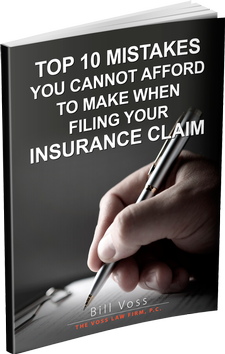Fires can destroy everything you depend on to keep your industrial or manufacturing property operating, including buildings, machinery, paperwork, supplies, and inventory. Unfortunately, if industrial policyholders aren’t prepared to stand their ground and fight for fair treatment of their insurance claims, their properties, production, and public image can suffer for years to come.
Industrial Fires Can Be Difficult Predict & Assess
Fires are difficult to predict, and they are also difficult to prevent. There are many, many factors that create the conditions for a serious fire, including but not limited to:
- Faulty wiring and electrical fires
- Electrical storms and lightning strikes
- Wildfires
- Use of flammable materials
- Dry weather conditions and high winds
- Fire in adjoining buildings or businesses
- Faulty equipment or machinery
Although most industrial businesses take fire safety seriously, carry fire insurance, and do what they can to prevent any potential causes of a blaze, it’s impossible to control every possible factor. However, when it comes time to assess smoke or fire damage and negotiate an insurance claim, some industrial properties owners still run into mysterious denials and delays—or even blame for creating dangerous conditions.
Fighting Denied or Underpaid Industrial Fire Insurance Claims
A claim denial isn’t the end of your industrial insurance claim, and you don’t have to accept an unsatisfactory resolution that won’t cover the true costs of recovery for your industrial property. If you are running into complications with your claim, an experienced policyholder attorney can be instrumental in helping you:
- Pinpoint problems
- Organize and maximize an industrial insurance claim
- Make sure that you are able to resume normal operations as soon as possible
For more information about how our skilled fire insurance claim lawyers can help you take control of a claim for industrial fire damage, speak with us directly by phone, or look for more helpful information from the Voss Law Firm on Facebook, LinkedIn, or Twitter.




























